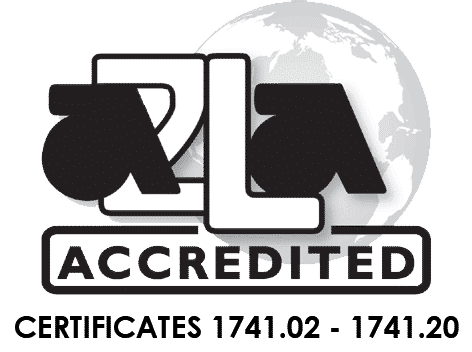Have You Weighed In On ISO9001:2015?
ISO9001:2015 rolled into practice in October 2015, The update to ISO9001:2015 takes a process based approach and incorporates risk-based thinking into its quality management system. Quality becomes a company-wide practice, not just one driven by the quality department. The system focuses on process performance and delivering conforming products and services.
What is risk-based thinking and how does that impact my industrial measurements? Risk-based thinking is the ounce of prevention that produces a pound of cure. Like cGMP in pharmaceuticals, ISO9001:2015 employs a process evaluation to consider risks and failures that impact a processes’ performance and ultimately how that affects product quality. If your scale reads 1g, how close is it to a gram? Do you know the true accuracy of the scale in your process? Does batch purity drift over time? Are you giving away or shorting product when filling thousands of containers?
While weights and measures guides are helpful, the new approach in ISO9001:2015 dictates that the process tolerances employed make sense for your business and your customers. By defining an accuracy based on process and customer needs you begin to take steps to ensure those goals are met.
How do you mitigate risk in weighing? We have 5 recommendations for success:
- Calibration Frequency: Critical components need to be accurately weighed and are considered ‘high risk’, therefore increase your calibration frequency. Extend your calibration interval for less critical balances.
- Monitor trending: Determine the trend for OOT, adjustment, and drift. GageSuite® is a FREE tool that can help identify balance drift and failure over time.
- Environments: Balances used under the following conditions should be tested and calibrated more frequently: rough and high vibration, wash down, large temperature swings, and frequent use.
- Traceability: For critical measurements, valid measures require use of a traceable standard and routine testing. Using test weights between calibrations ensure balances are in tolerance as room conditions may vary and impact performance. This adds an additional opportunity for accuracy trending.
- Correct Equipment: Ensure that the measurement uncertainty of the balance being used is smaller than the process tolerance. We recommend performance of a USP41 calibration for critical balances to determine the unit meets the process uncertainty requirement. USP41 based calibrations determine a balance’s actual repeatability and weight minimum in the process environment.
Contact a Cross expert to help you select the proper balance, service level, and test weights for your application.

